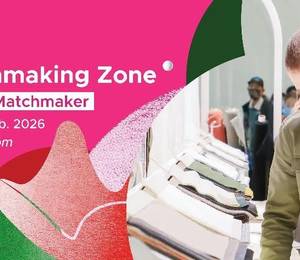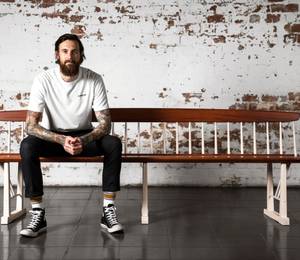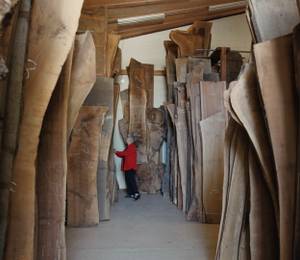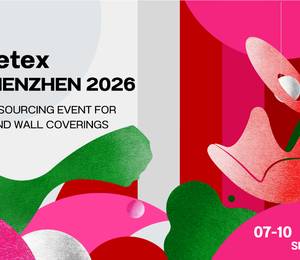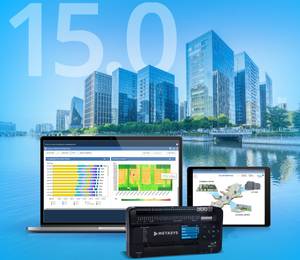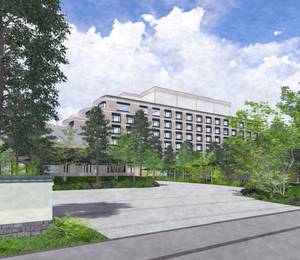With social distancing becoming a norm, people-centric, humanist principles drive the design of workspaces. The design and architecture realm are experiencing paradigm shifts in the post-pandemic world. The benchmarks for what is acceptable in offices continues to change with flexi-work hours and hybrid offices.
Contactless technology and hygienic practices have become more important than ever. No-touch fixtures like door sensors, automatic soap dispensers and basins in the washroom and voice-activated elevators. Vestibules with automatic thermal sensors and heat-sensing cameras scan temperatures, minimising risks of infection spread.
Durable building materials that stand up to frequent deep-cleaning are here to stay – think stone or tiled floors instead of carpets. While open layouts will define the workspace spatiality, clusters of pods can serve as an escapade for tranquillity and ‘me time.’
Reimagined workspaces also feature better ventilation systems for indoor spaces. Natural lighting becomes the cornerstone of a healthy workspace because of its antiviral and antibacterial properties.
Biophilic elements delve into the ecological narrative with micro-level changes like indoor plants that naturally purify the air. Energy-efficient expansive windows and skylights give an indoor-outdoor connection to enhance emotional & physical well-being.
Architects and designers can achieve a universal design narrative to create healthier and happier workspaces by adapting to these changes.
